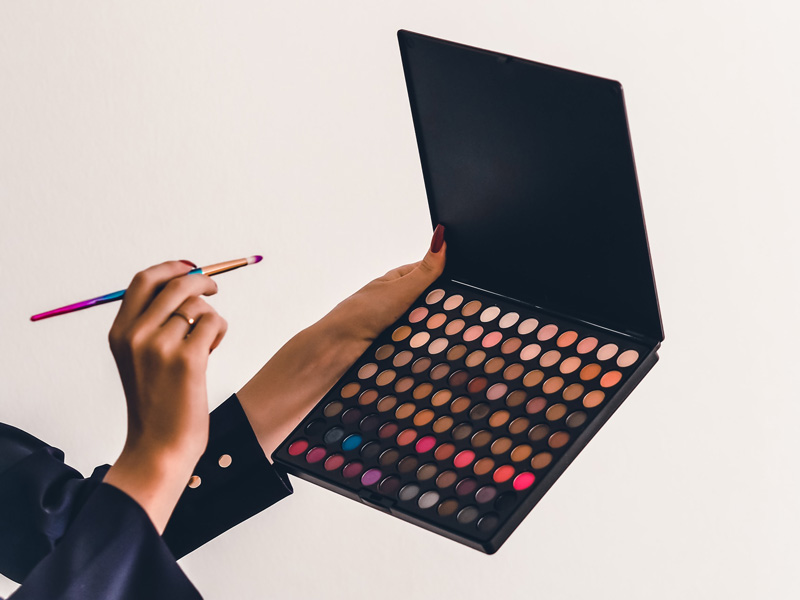
So when the pandemic hit last year, the organisation found itself well-prepared for what was to come. Anyone prone to observe in recent years that we live in a VUCA (volatile, uncertain, complex, and ambiguous) world has had their belief confirmed in spades in the past 12 months.
Some organisations were better prepared for a period of extreme volatility and uncertainty than others. One of those that rolled with the COVID-19 punch was beauty products specialist L’Oréal. The company was able to pivot many of its manufacturing operations in 150 countries to produce millions of units of hand sanitiser for free distribution to medical staff in the first wave of the pandemic and still return to sales growth in the second half of the year.
According to Global VP, Health and Safety, Malcolm Staves, L’Oréal’s Operations Division (Manufacturing and Distribution) had forearmed itself in recent years by considering what would make it agile and resilient to change like shocks or market changes. “In 2014 we flipped the idea of VUCA to try and create positivity,” he explains. “We decided to prioritise Vision, Understanding, Clarity and Ambition.”
The understanding and clarity goals were pursued through a Group initiative titled Simplicity, which resulted on the streamlining of the company’s health and safety initiatives and fitted them in eight thematic pillars. The pillars comprise the elements of a sound safety management system, from strategy through training and employee engagement to reporting and audit.
“We wanted to show people on one page and in simple terms an overview of the system,” says Staves. “One that would make sense to senior management.”
Some procedures that stem from this central structure apply universally to L’Oréal’s global workforce. These include the LIFE (Life-changing Injury or Fatality Event) programme, launched in 2017 to set controls for the work activities that pose the most serious risks to life and limb, such as driving or working with electricity or at height. These directives are not open to interpretation, says Staves: “If you are talking about somebody’s life, you don’t leave it open to discussion.”
Other programmes are tailored to different levels in the organisation. Line managers are trained in the MESUR system (Measuring Effectively Safety Using Recognition and Readjustment) which prompts them to maintain a pattern of safety conversations with their teams, and to ask open-ended questions such as “What could happen unexpectedly?”
Many of the tools in the pared-down suite developed by Staves to translate the health and safety pillars into day-to-day operation are available to environment, health and safety directors in the Zone and country organisations to use selectively according to the state of maturity of the safety culture in their activities.
This maturity is assessed on a continuum which Staves summarises as “risk assessment, excellence and beyond,” which starts with simple regulatory compliance and risk management, steps up to a higher level of risk anticipation and control, and ends with a state of interdependence – the “beyond” part – in which all employees actively engage in keeping themselves and their colleagues healthy and safe. “We are all individually on our own journey towards interdependence,’ Staves says, “and all at different stages. If you try to deploy a programme when the culture is not ready, our experience tells us it will fail.”
Avoiding initiative overload and ensuring consistent but tailored application of policies across the organisation has paid dividends for L’Oréal: over 75 percent of the group’s sites have recorded zero lost-time accidents per year in the past years.
But the greatest value of the simplified, deeply embedded, health and safety system was the way it allowed the organisation to lean into the volatility of the past 12 months, embracing new work streams within weeks while ensuring more than 88,000 employees were COVID safe.

